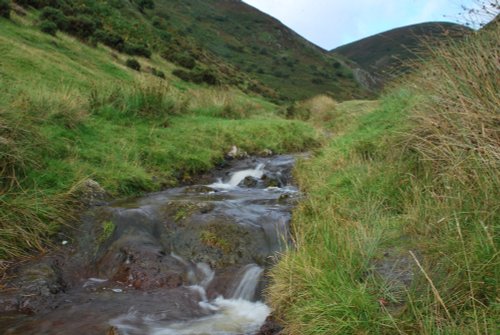Please login or click here to join.
Forgot Password? Click Here to reset pasword
Powis Castle is a magnificent dramatic building rising above a hauntingly beautiful landscape. The castle sits on the borders of Wales and England, looking out over the upper reaches of the Severn Valley and the rolling hills of Montgomeryshire.
The castle began life between 1200 and 1300, initially it was the stronghold of Welsh princes and remained so until 1587 when it was bought by Sir Edward Herbert, who added the long gallery and made many other alterations. A sumptuous state bedroom was added in the 17th century, but alterations carried out in the 18th century were lost when the architect F.G.Bodley remodelled the interiors in the 1900's, in the "Jacobean" style.
Historically, the Herbert family married into the Clive family in 1784. The 2nd Lord Clive, son of Clive of India, was created Earl of Powys in 1804, and his son changed his name to Herbert. This sparkling alliance brought financial stability to the Herbert's, it also brought a wealth of magnificent treasures to Powis, these included books, paintings and furniture, and a collection of Indian works of art to rival those found in any of the great London houses. The Indian collection includes bronzes, jade, ivory and Indian textiles.
The interior of the castle is interesting for its variety of architectural styles as well as for its opulence. The Restoration period state bedroom, with its superb silvered furniture, fine 17th century Brussels tapestries, and rich draperies is almost matchless in its richness and beauty. One of the loveliest rooms is the Elizabethan long gallery, with its plaster ceiling and painted panelling. There is a fine ballroom, originally built in the 18th century as a ballroom and a place to display paintings and other works of art, but this was altered in the 19th century.
Other rooms to see are the dining room, which looks Elizabethan, but was infact the work of Bodley, who also designed the exquisite oak drawing room. In both rooms there remain remnants of Elizabethan decoration.
In the Coach House visitors get a peep at the beautiful state coach used by the Earls of Powis, and they may also enjoy gardens quite beyond compare anywhere in Wales.
There is a world famous 17th century terrace garden, with superb herbaceous borders containing many rare plants. Here visitors will note both Italian and French styles fashionable at the time the garden was laid out.
The 18th century wilderness garden shows vibrant autumnal colour and is famous for its glowing banks of Rhododendrons. The garden at Powis is full of magical surprises, at every turn there is something to draw the eye, including an aviary, orangery and original lead statues. The gardens also offer the opportunity to enjoy strolls over lovely lawns, amongst fine yews and many ancient trees.
For your further enjoyment there is a delightful garden tea-room and a pleasant plant centre.
This is a glorious place in which to spend a peaceful day amidst historic splendour, afterwards why not visit the lovely old market town's of Welshpool (within walking distance of the castle) and Machynlleth, which is a 35 minute drive away in the direction of Aberystwyth.

a Historic Market Town in the county of Shropshire
(16.8 miles, 27.0 km, direction SE)Church Stretton is an historic market town in the South Shropshire hills, and the only town in the Shropshire hills Area of Outstanding Natural Beauty - one of Britain's fiinest.....

in the county of Shropshire
(16.8 miles, 27.1 km, direction S)Rising at the side of the River Clun from which the town takes its name, this charming little place offers much of interest...

in the county of Shropshire
(16.9 miles, 27.2 km, direction SE)Little Stretton lies in a charming rural area a short distance from the old town of Church Stretton...

a Historic Market Town in the county of Shropshire
(17.5 miles, 28.2 km, direction E)Shrewsbury is a wonderfully atmospheric town which beguiles the visitor with sights of bygone centuries and much a great charm is to be found in its narrow streets and medieval buildings...

in the county of Shropshire
(19.7 miles, 31.7 km, direction E)Interestingly, Acton Burnell has connections with America that go back to the stirring days of the Declaration of Independence in 1776...
All towns in Powys
The Stiperstones lie amongst the magnificent hill scenery of Shropshire and at 1,762 feet are the second highest range in the.....

The Long Mynd (meaning "Long Mountain") is a 7 mile long heath and moorland plateau that forms part of the Shropshire hills and.....

The bleak, heather clad Long Mynd lies to the west Of Church Stretton. It is a long lonely stretch covering some 10 miles in.....

Late in the 12th-century, the wooden fortification built at Clun in the 11th-century was burnt down by the Welsh. The land then.....

..